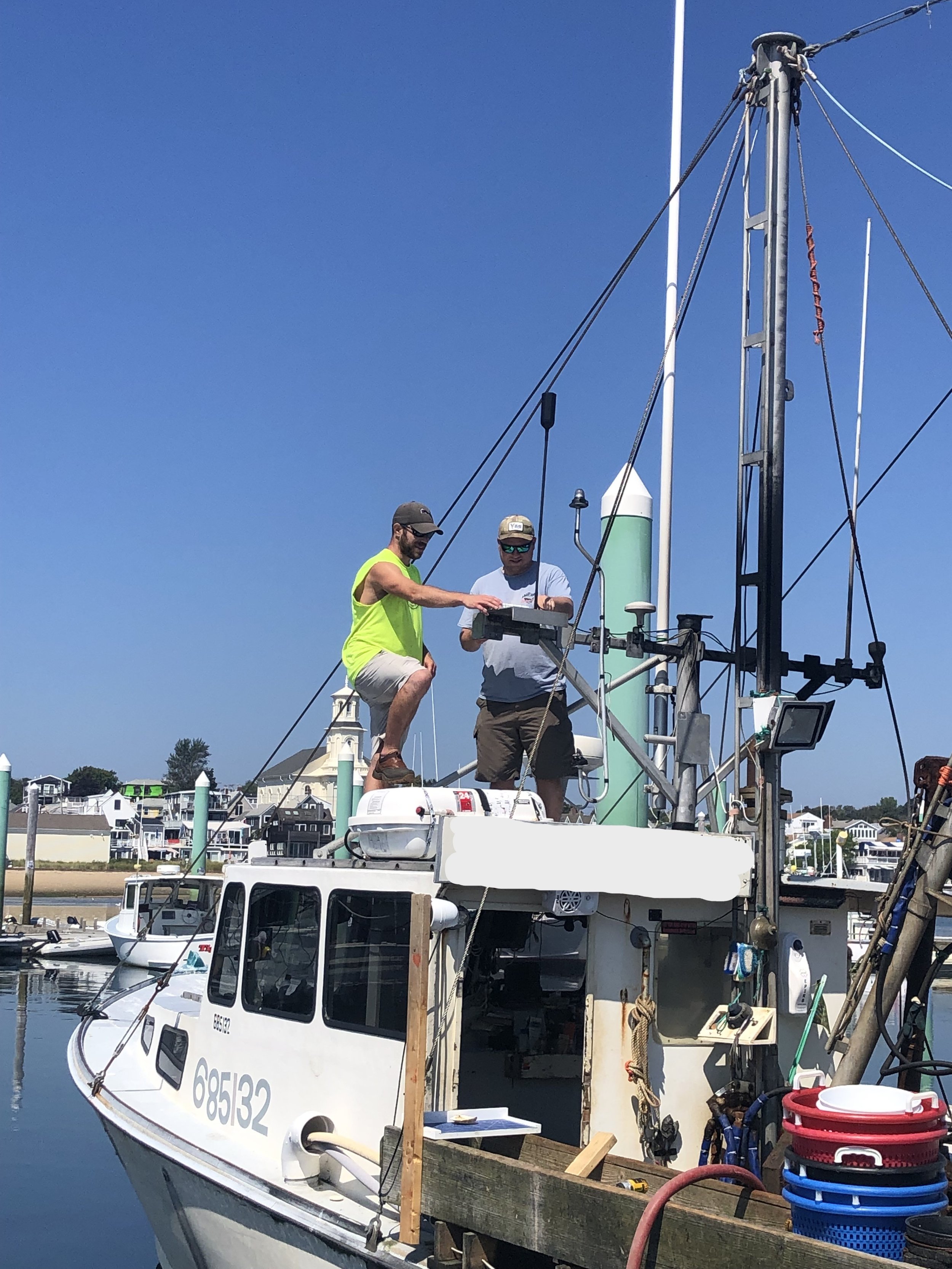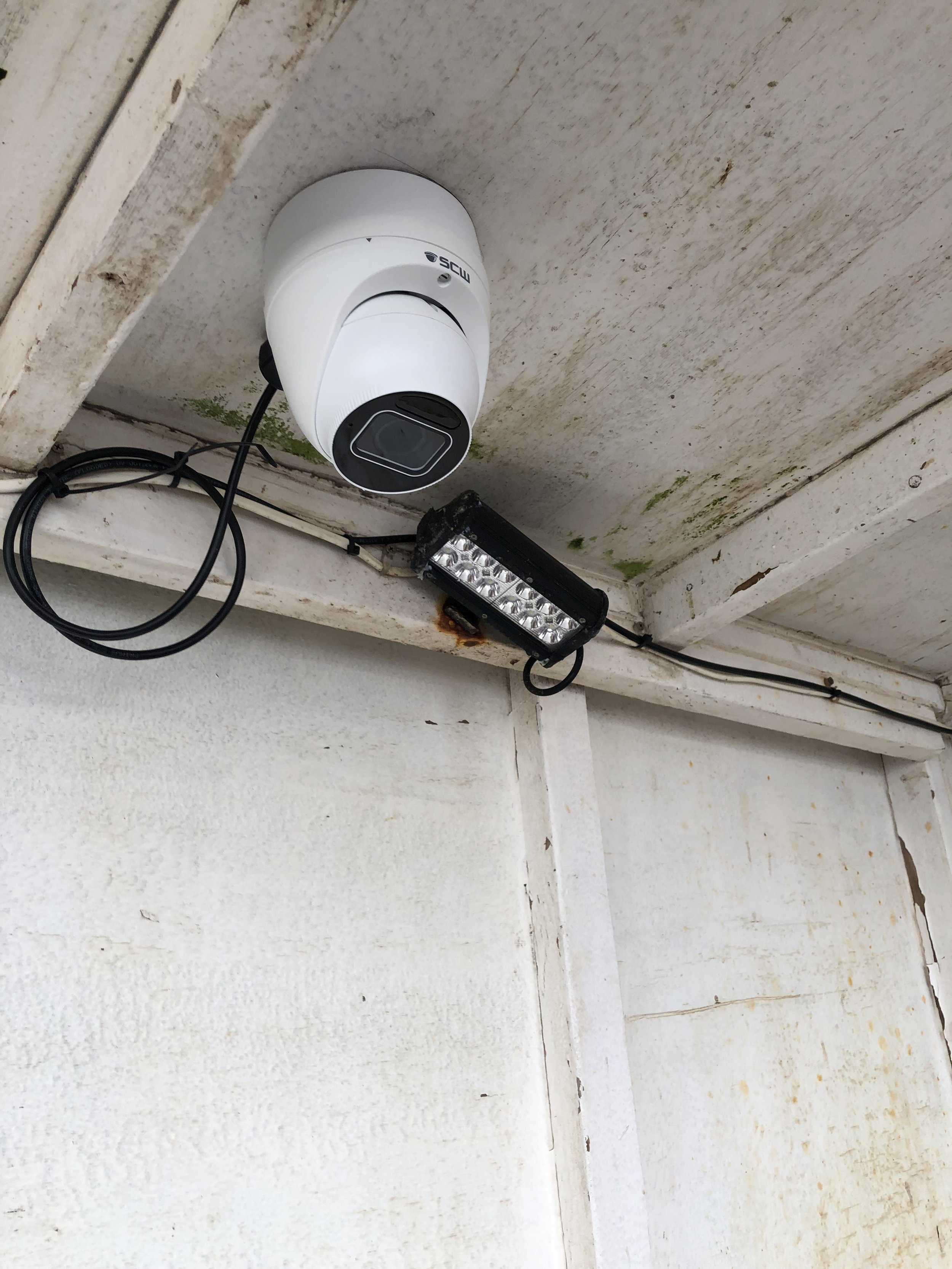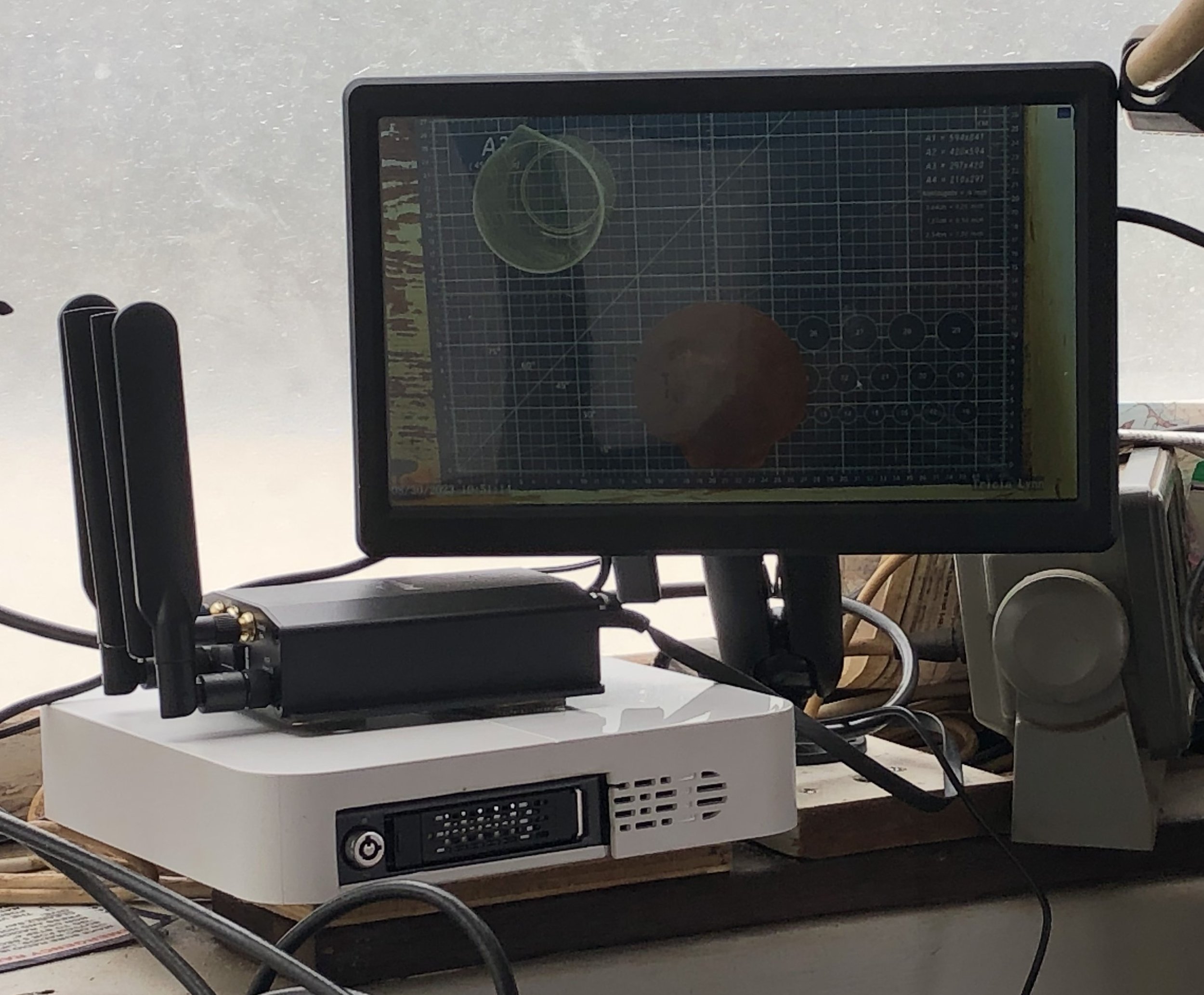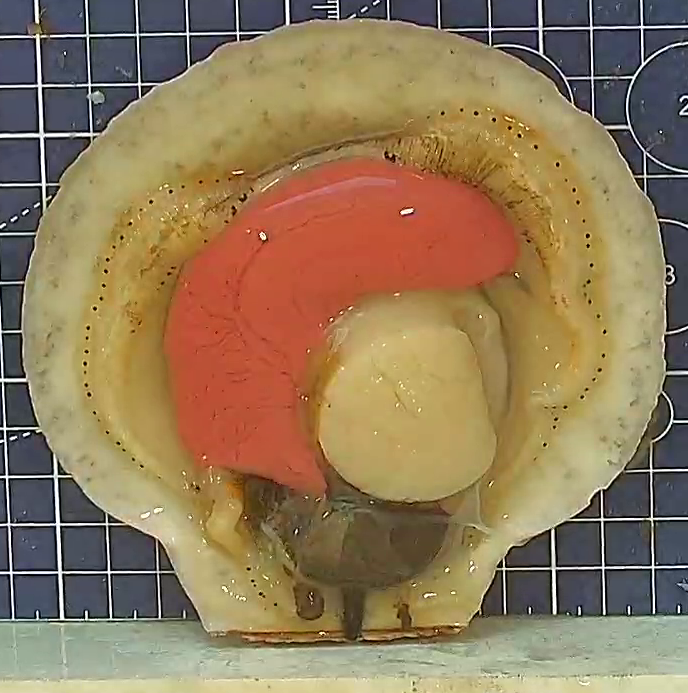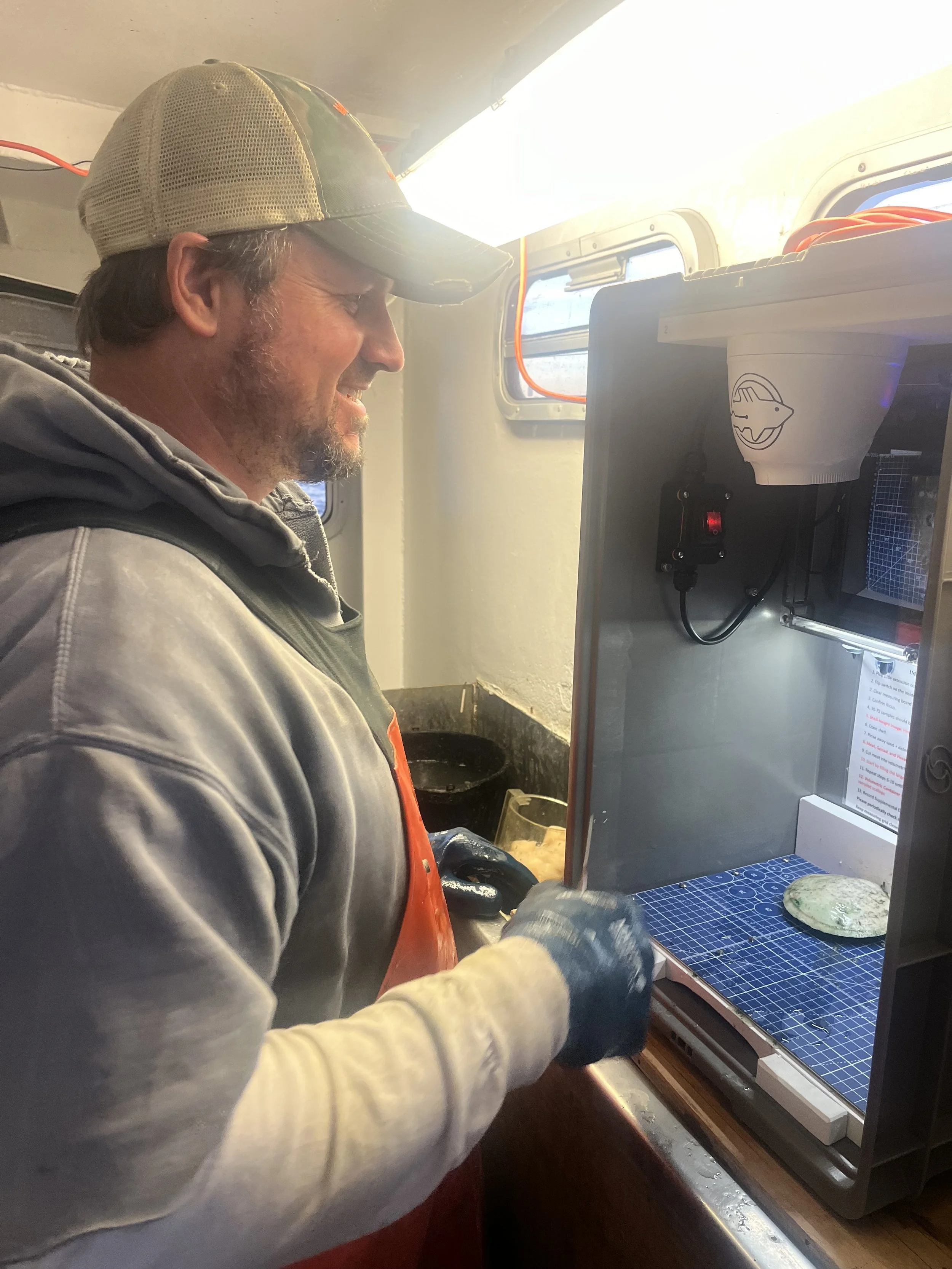Sea Scallop Image-Based Research Fleet Projects
GENERAL DESCRIPTION:
Seasonal and spatial changes in sea scallop (Placopecten magellanicus) meat yield, quality, and reproductive status are well documented. However, as ocean conditions change and competition for ocean resources intensifies, it is crucial to monitor changes in scallop meat yield, quality, and reproduction. By gaining a better understanding of scallop biology, we can obtain more accurate estimates of yield from the fishery. The fishery is currently managed using NOAA’s Sea scallop survey and Observer Program data. However, the survey cruises only occur in the spring and summer months and don’t include sampling in the Northern Gulf of Maine. The Observer Program collects catch and effort data year-round but does not collect data on individual scallops and cannot focus on areas prioritized by stock assessment needs.
The CFRF has undertaken a suite of projects that use the Research Fleet approach to develop an image-based, fishery-dependent data collection method to fill gaps in the understanding of sea scallop biology.
We have established two different Research Fleets: The Limited Access General Category (LAGC) Image-Based Research Fleet and the Limited Access (LA) Image-Based Research Fleet. The LAGC Research Fleet consists mostly of day-trip scallopers fishing closer to shore and enables us to collect biological data on scallops year-round. The LA Research Fleet consists of vessels that fish multiple days at a time further offshore. Utilizing both fleets for data collection allows us to monitor changes in meat quality, gonad maturity stage, and diseases/parasites in targeted geographic areas over a longer time period than the current scallop management surveys.
Learn More About our Scallop Research Fleets:
Learn about our Limited Access General Category vessel Image-Based Research Fleet here.
Learn about our Limited Access vessel Image-Based Research Fleet here.

